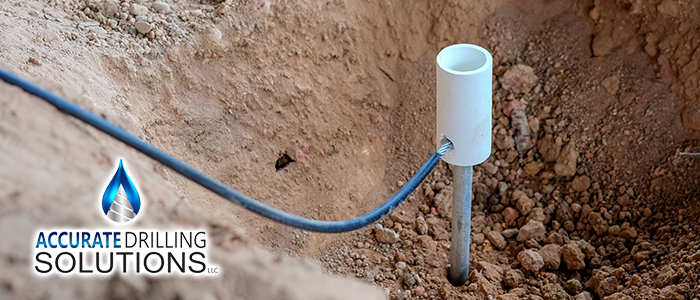
One of the most dangerous potential hazards you face as the owner of a private well system is the presence of “iron bacteria”, also called iron biofouling. Iron bacteria are tiny creatures that create rust build up in your water system. The most common forms of these creatures require the oxidation of iron to grow, but many varieties exist. You’ll know them when you have them. Your water will look, smell, and taste awful. While these bacteria do not cause health problems for you or your family, they make it hard to get clean. They also take a real toll on the health of your water system. In this article, we review what biofouling is and how to address the issue in your well.
Signs of Iron Biofouling
When the biofouling hasn’t gotten very bad yet, you might not notice anything at first. Once their population takes off, though, you could see several things. Your pump’s output and capacity may degrade rapidly; your pump column could be covered in a slimy orange or red gel-like substance, your well might start to smell terrible very suddenly – like rotten eggs. The problem won’t just be limited to your well. Stains on your clothes that are reddish or orange can be attributed to iron bacteria, as can stringy, slimy deposits in your water.
As the bacteria reproduce and thrive in your pipes, they shed their casings and produce all sorts of chemicals and films. The dead bacteria will decay and leak into the water. This material can clump up and harden, creating a thick coat of ruddy muck in your water system. A common place you’ll see build up is in your toilet tank, because this water remains relatively undisturbed. If you notice the water in your toilet tank has an iridescent sheen to it, like an oil slick, stir it up with a stick. If you see the oily stuff break up like it’s a solid film, you likely have iron bacteria.
What if I Have Iron Bacteria?
Don’t panic, first of all. This is a problem that we know how to deal with. The first thing to do is figure out how bad the issue is via a Biological Activity Reaction Test (BART). This test is great because it doesn’t require an expensive laboratory or scientific equipment. You could also opt for a less accurate method and fill a clear glass with water. Let the sediment settle undisturbed. If you see something cottony and fluffy, you’re likely looking at iron bacteria. Visual tests are usually enough, but if you want to know for sure, spring for a BART.
Now that you know you have iron bacteria, you’re going to want to get rid of them – And fast. The longer they stick around, the more corroded, choked, and clogged your pipes will get, and the more damage your system will suffer. Control is also much easier early on – If you wait, management can become expensive very quickly. In the worst case, you’ll need your entire system replaced and to have shock chlorination applied to your well.
Treating Iron Bacteria
Once established, these creatures can be complicated to get rid of, so prevention is so important. While it can be possible to treat your well with household products, using them in the right amounts and knowing which ones not to use together can be difficult and dangerous. Once you’ve established that iron bacteria is present, you’ll want to spring for professional help to be sure that you’ve gotten everything you need to keep the bacteria from coming back.
If you’ve never had it done before, also consider shock chlorination of your well systems. If you’ve noticed any signs of iron bacteria or have dirty, unpleasant well water, or you’re ready to schedule shock chlorination, don’t hesitate to contact us today, and we’ll be happy to get you started!
continue reading
Related Posts
Pinellas Park Business Owner’s Guide to Pump Systems For business
Lake Wales: Residential Well Installation Explained For many homeowners in
Port Richey Guide to Commercial Water Systems Businesses in Port






